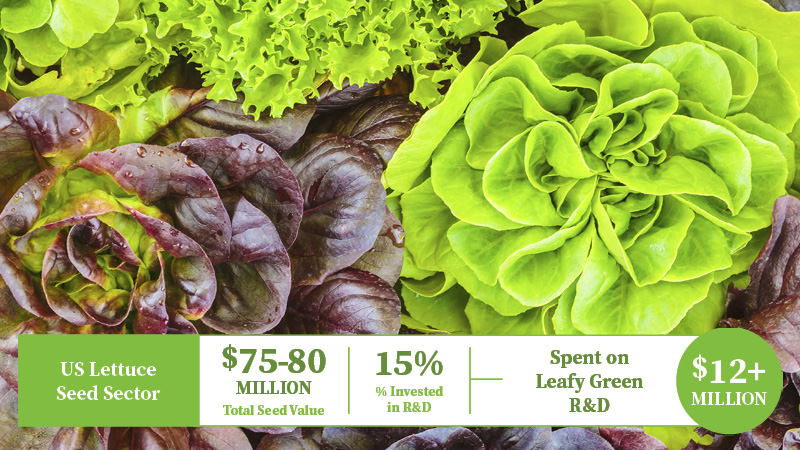Almond Sustainability Study: Many Practices Both Economical And Environmental

Jeff Dlott
A new study reveals that many of the practices implemented by almond growers in recent years — such as giving their trees only as much fertilizer as they need — not only lessen environmental impacts, they save growers money.
The “Almond Sustainability Report,” unveiled in December at the annual Almond Board of California (ABC) conference in Sacramento, is chock-full of such win-win grower practices. “That hasn’t come out in previous sustainability reports as much as it does here,” says Jeff Dlott, the president of SureHarvest, the company that consulted with the ABC in developing the grower self-assessment modules on which the study is based. “You could just call it the almond profitability report.”
The report is the first on the California Almond Sustainability Program (CASP), and details the best management practices (BMPs) used by the state’s almond growers who have voluntarily assessed themselves, reporting the practices they employ in their orchards. Self-assessment is key to the report, says Dlott, because it’s truly educational for growers. “It’s hard to educate in a survey, with a survey you wouldn’t know where you fit in,” he says. “With this you get a report back so you know where you are related to your peers. Also, it’s confidential this way. You see the aggregate but it’s not split up by size or location.”
Growers with organizations farming close to one-third of the state’s almond acreage have filled out the self-assessment modules. “That’s a big enough percentage that we are over a 90% level of confidence, according to statisticians,” he says. “It’s a big, big sample size.”
Interrelatedness
The report shows that not only do certain practices both increase growers’ bottom lines and are environmentally friendly, they are often interrelated. Take irrigation for example, says Dlott. Growers and researchers know that irrigation is closely interwoven with fertilization — and energy use. “We knew that going in, but it really came out when we started doing the analytical work. That’s one of the key findings, that the whole is greater than the sum of its parts,” he says. “We’ve always known that, but we’ve produced data that really shows that — it’s hard to find practices that aren’t interrelated.”
Another set of interrelated practices that jumps out are the top three ways growers protect water quality. Each also has an attendant economic benefit. The top way is reduced tractor passes, mentioned by 89% of assessed orchards, which saves growers on fuel. Second is mummy nut removal (84%) which saves growers on pesticide sprays to control navel orangeworm. Third is integrating fertilization and irrigation, which allows growers to spoon-feed trees and pump less water, saving growers on fertilizer and fuel costs.
“Certain practices have a really big benefit all the way around, such as integrating irrigation and fertilization,” says Dlott. “When you look at growers’ budgets, where they spend a good chunk of money, you see pumping water and fertilizer. When BMPs are organized around that, it’s good business and great for the environment.”
All Can See
Dlott says the ABC deserves some credit for driving this effort, but also driving demand — and for great timing. They’ve taken advantage of good times in the industry, with growers doing extremely well. “With nuts at $3 a pound you certainly want to optimize,” he says. “Maybe when times are not so good, there’s less likelihood of innovation. Now is the time.”
The ABC also deserves credit for publishing the report for all to see, says Dlott. “Other growers can look at this and say, ‘What’s the almond industry doing about nutrient management?’ This really is a transparent document,” he says. “You don’t publish something like this unless you are committed to progress. This is a platform for improvement.”
Sustainability Defined
CASP is guided by the following definition of sustainability, adopted in 2005 by the ABC:
“Sustainable almond farming utilizes production practices that are economically viable and are based upon scientific research, common sense, and a respect for the environment, neighbors, and employees. The result is a plentiful, healthful, safe food product.”
Better Water Quality AND Money Saved
Here are the top three ways almond growers are protecting water quality and saving money, based on industry self-assessments.
✓ Reduced tractor passes (saves fuel)
✓ Mummy nut removal (saves sprays)
✓ Integrated fertilization and irrigation (saves both!)









